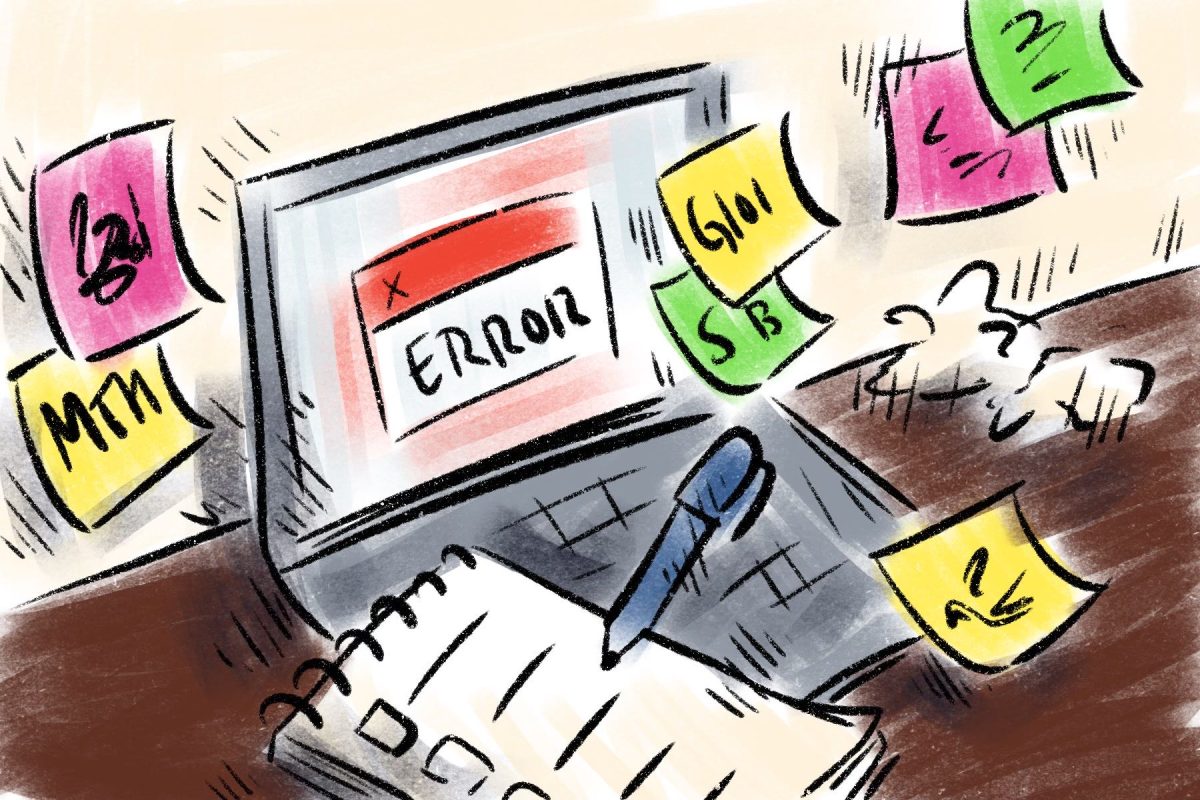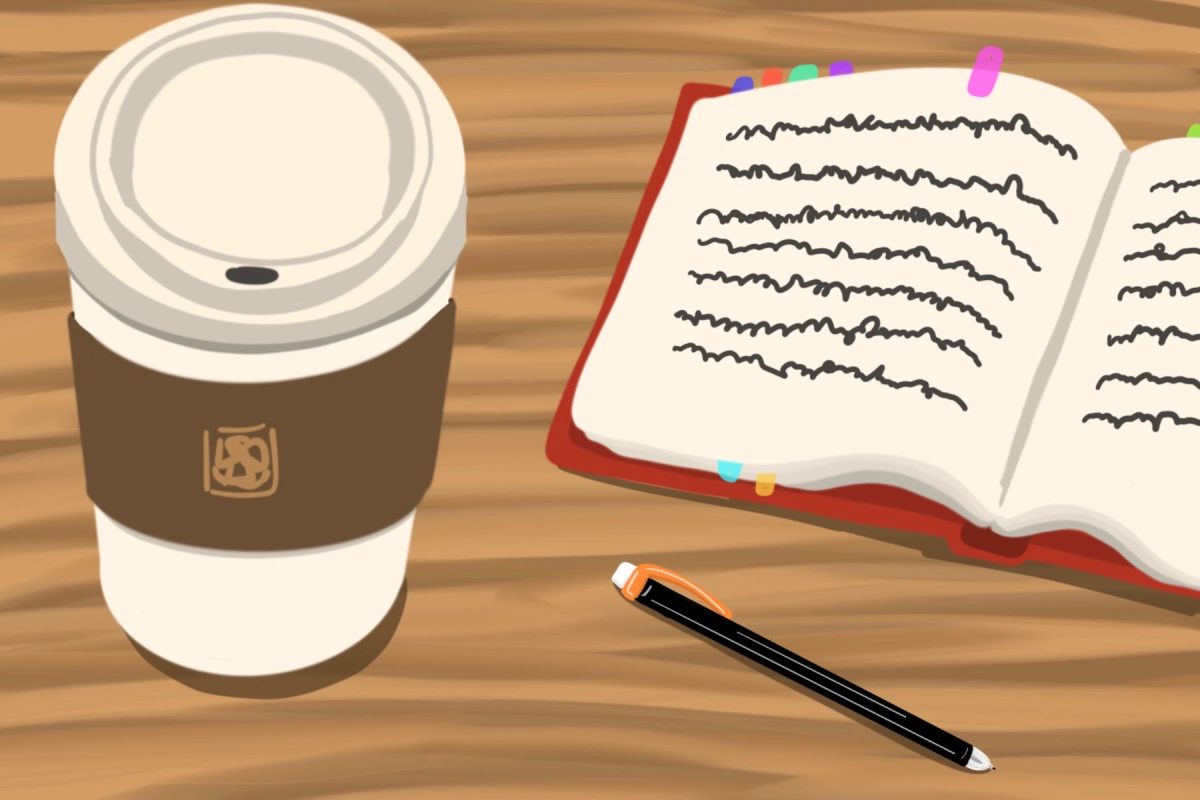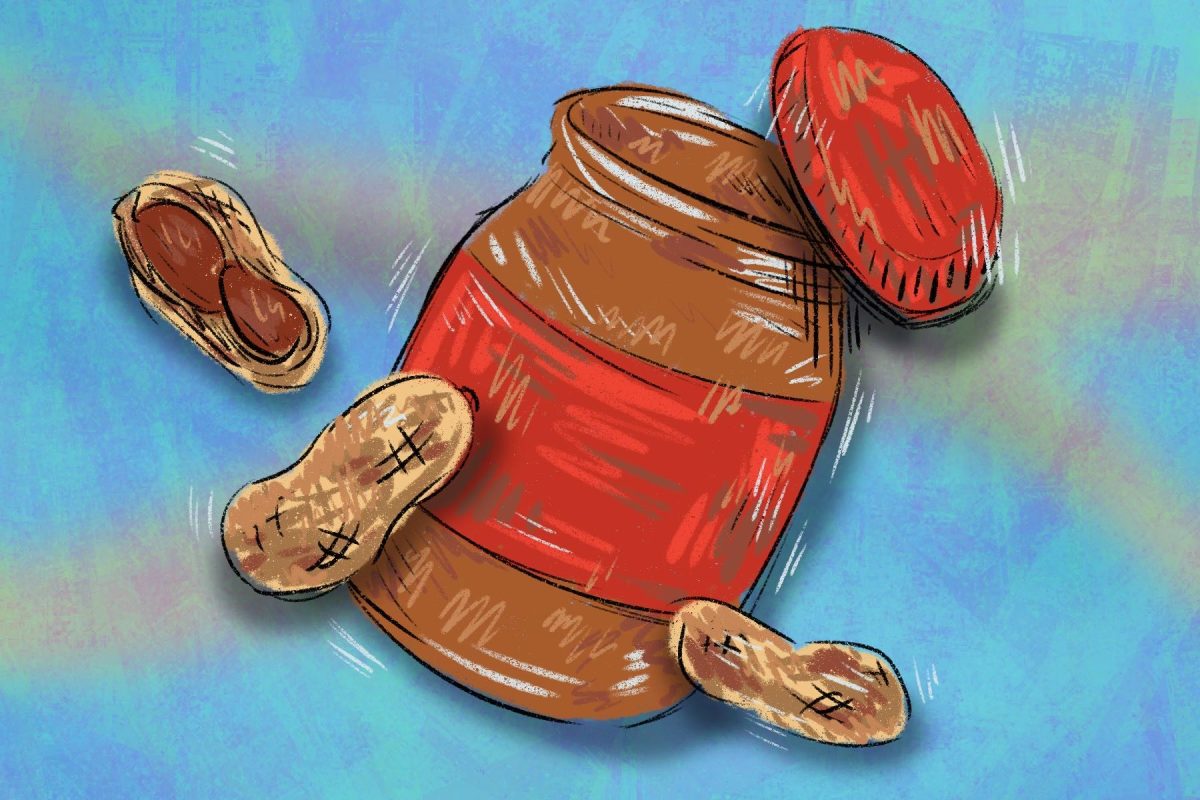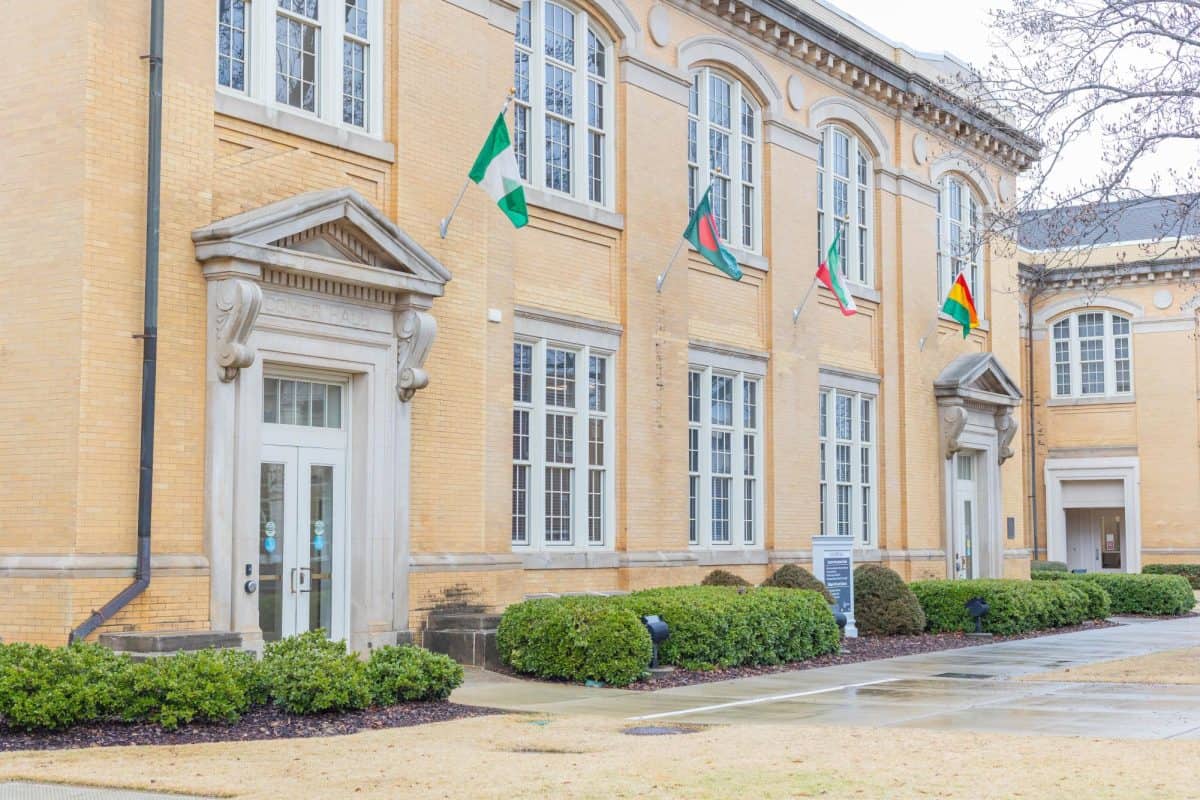Over the past two weeks, students have seen two extremes of The University of Alabama’s weather preparedness.
When a snowstorm hit Alabama Jan. 28, the Capstone, as well the majority of the state, was caught entirely off guard. By the time classes were finally canceled, students attempting to get home were faced with extremely treacherous roads and hours of waiting in stand still traffic.
Even after dozens of students had been involved in automobile accidents, and it became abundantly clear that the temperatures would not melt the snow for several days, the University still waited until late afternoon to cancel operations for the following day.
However, the University took the opposite approach last week and canceled classes out of an abundance of caution, even as the winter storm was not predicted to reach Tuscaloosa. As the University operations ended, students, faculty and staff were able to make their way home with no issue. The feared winter weather only barely touched the administration, and, as such, classes could have proceeded.
Out of these two scenarios, we believe the second to be obviously preferable. While the University was not alone in its delayed action, that should not excuse the University from its obligation to student safety, particularly with the April 27, 2011, tornado fresh in recent memory.
When credible weather hazards exist that have the potential to substantially threaten student safety, the University should always err on the side of caution. The cost of having a day of classes canceled and a little chaos in reconfiguring a syllabus pale in comparison to the 90 automobile accidents in Tuscaloosa County and mass chaos that occurred two weeks ago.
Furthermore, the University should also take more steps to empower students. The University states in its severe weather policy, printed on every syllabus, that “personal safety should dictate the actions that faculty, staff and students take.” However, in the face of professors that refuse to excuse absences or go over missed work in the event that students follow this direction, that simple statement isn’t enough.
The University should publicize the criteria analyzed by its Emergency Preparedness and Response Policy Group so students can truly understand what constitutes a legitimate threat to their safety, worthy of canceling classes. Being forced to wait until a final decision, which was made well after snow began falling both this year and last year, is not an effective way of informing students of their options.
Times in which severe weather poses such a threat are rare. Taking a more cautious stance would not be unrecoverable in regard to classroom work or university events. To that end, it is good that the University took steps to ensure student safety last week by canceling classes. Had another snowfall actually occurred, the student body would have been extremely grateful.
As the University moves on from the snowstorm, it is important that the lessons that guided last week’s cancellation not be forgotten. Whether it is a worsening of severe weather conditions that are expected this evening or a potential tornado in the spring, student safety should always be the priority.
Our View is the consensus of The Crimson White Editorial Board.








